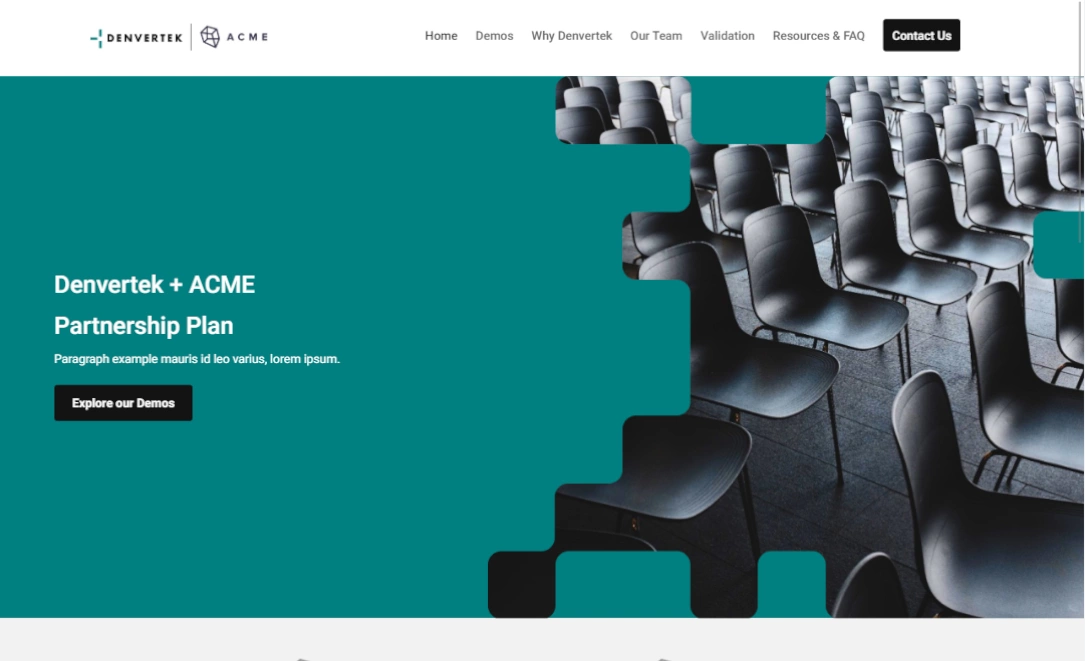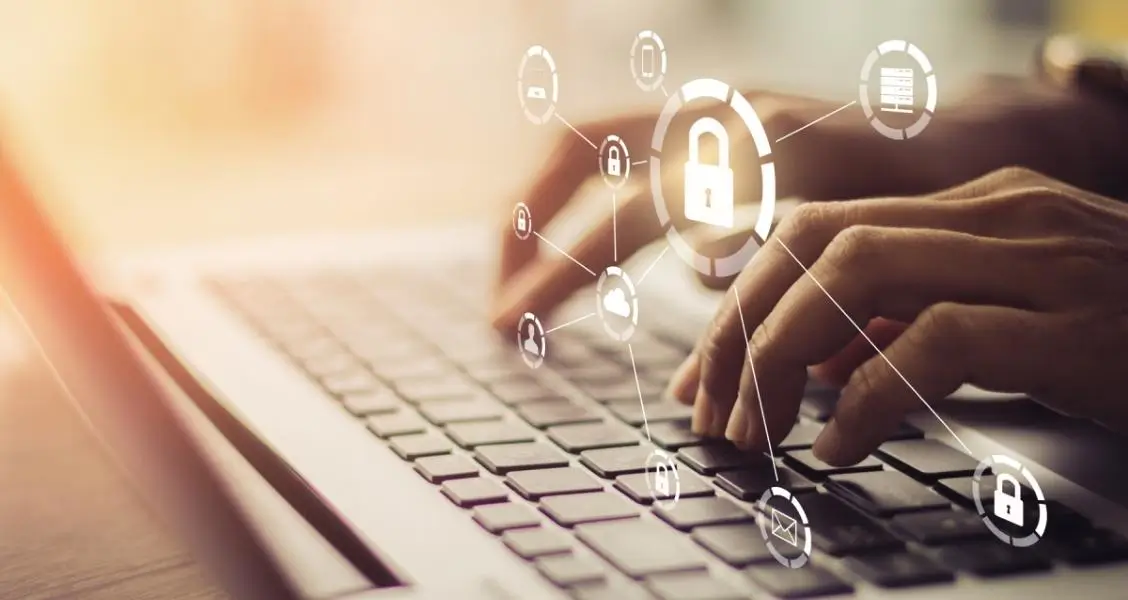Sales enablement – the process of equipping and training your sales team – has been linked to higher buyer engagement, win rates, and sales rep retention.
So what do you need to do to ensure your sales enablement strategy hits the mark?
We’ve put together these tried and tested sales enablement best practices to help you prep your sales team to succeed. Keep reading to learn how to establish a sales enablement plan, leverage technology to enhance alignment and performance, and prioritize content creation to boost engagement.
Establish a sales enablement plan
To get started, you’ll want to think carefully about how you want to form your sales enablement strategy and that means starting with an idea of who should be involved in the process and creating a general framework.
Sales enablement typically falls under the sales and marketing departments. The Head of Sales is in charge of putting your overall program into practice while marketing may be in charge of actually training the sales reps. Once you know your players, you can create a framework by thinking about the goals of your program.
A template framework can be broken down into:
- Technology optimization
- Custom content development
- Performance and coaching
- Customer satisfaction
- Process efficiencies
Dividing things this way can help you assess which teams, positions, or departments are best suited to each area.
Utilize top sales enablement tools
Sales enablement tools are any service or platform that aims to improve the sales process and (ideally) help increase revenue. These can include everything from content management systems to email marketing to online coaching programs. Because sales enablement best practices are so involved, it makes sense to lean on whatever tools you can.
A few smart places to start when building out your sales enablement technology stack are:
- Microsite builders like Zoomforth to host your custom content
- CRMs such as Salesforce to help track performance analytics
- Advisor/consultation services such as Emissary to connect with C-suite leaders
Develop a comprehensive sales enablement training plan
The first step in putting your training plan together is to collect and assess as much data as possible relating to the performance of the sales and marketing teams as well as customer satisfaction and overall revenue. This will give you a solid jumping-off point to start digging into where your weaknesses lie and how to start addressing them.
How to address the issues will depend on what resources you have available to you. If you’ve got the budget to spare, you might consider hiring a dedicated training team or looking for courses that can help. If that’s too much, you can look to some of your top performers for advice or see if you have people already on staff open and available for mentoring and training. There’s always a way to make your plan work for you.
Leverage technology to enhance alignment and performance
Automate data collection and analysis
We’ve already discussed how many tools are available to help with your sales enablement strategy, but now it’s time to automate! There are tons of ways to automate data collection and even analysis and doing so will save you a significant amount of time. Not only will it allow you to track performance in real-time, but it will help you pivot quickly if you see strategies aren’t working as anticipated.
Just make sure to phase in any new automation processes. That means pilot testing and moving slower than you may like. But trust that this will help you avoid problems down the road like overwhelming the IT department or having a team that’s not properly trained!
Integrate sales enablement tools with your CRM system
Sales enablement training and the CRM system should ideally not operate in silos. Instead, they should be working together for the overall success of the team. Your CRM is the collection of tools and strategies used to keep track of client relationships through every stage of the sales cycle. That means they have access to a wealth of information that can help your sales enablement processes.
Start by using the customer data and insights collected by the CRM to identify pain points and how to address customer needs individually. Think of it this way: your CRM is how you can track results, but it’s your sales enablement program’s job to improve them.
Prioritize content creation to boost engagement
Craft personalized content for potential clients
Customization is extremely important. In a solid sales enablement strategy, you’ll want to customize marketing content to each buyer persona (or ideal customer profile) and each part of the sales cycle. Doing so will allow all the content created to contain the refinement needed to help buyers decide to buy.
You’ll also want to host that content on unique microsites. You can use the analytics you collect to assess your content in real time. By being able to pivot quickly based on a microsite’s performance, content can be honed and refined to suit the target audience. It also means that instead of relying on assumptions about a specific target, you can study their actual behavior by examining exactly who is coming to your site and what they’re doing.
Align content with the buying cycle: Right message, right time
Syncing your custom content with the customer’s place in the buying cycle can help improve results. The buying cycle has four main stages:
- Awareness: this is when the customer is merely getting familiar with the product or service; they’re learning here
- Consideration: this is the most precarious stage because it’s when the customer is thinking about what they want to do
- Decision: this is the point where the customer ultimately decides whether or not to buy
- Delight: this is where the customer determines their level of satisfaction with the product or service
What this means for your content is that you’ll want to make sure you’re not serving sales pitches to people who’ve already bought your product. Similarly, you won’t want to serve content that assumes a higher level of familiarity with the product to those in the awareness stage. Matching content to the buying stage requires a greater degree of customization, this alignment is crucial to speak to the customer where they’re at.
Hit your sales enablement stats with custom microsites from Zoomforth
Zoomforth is at the forefront of microsite creation and hosting and we’re one of the best ways you can get your sales enablement strategy off the ground. Every Zoomforth site has real-time analytics, giving you a wealth of data to study. This means you’ll be on your way to optimizing your campaign in a flash.
Not only that, but Zoomforth makes it easy to keep all of your pages on brand and there’s no limit to how many pages you can create. So you’ll never have to worry about running out of space. Don’t wait — request a demo today.



